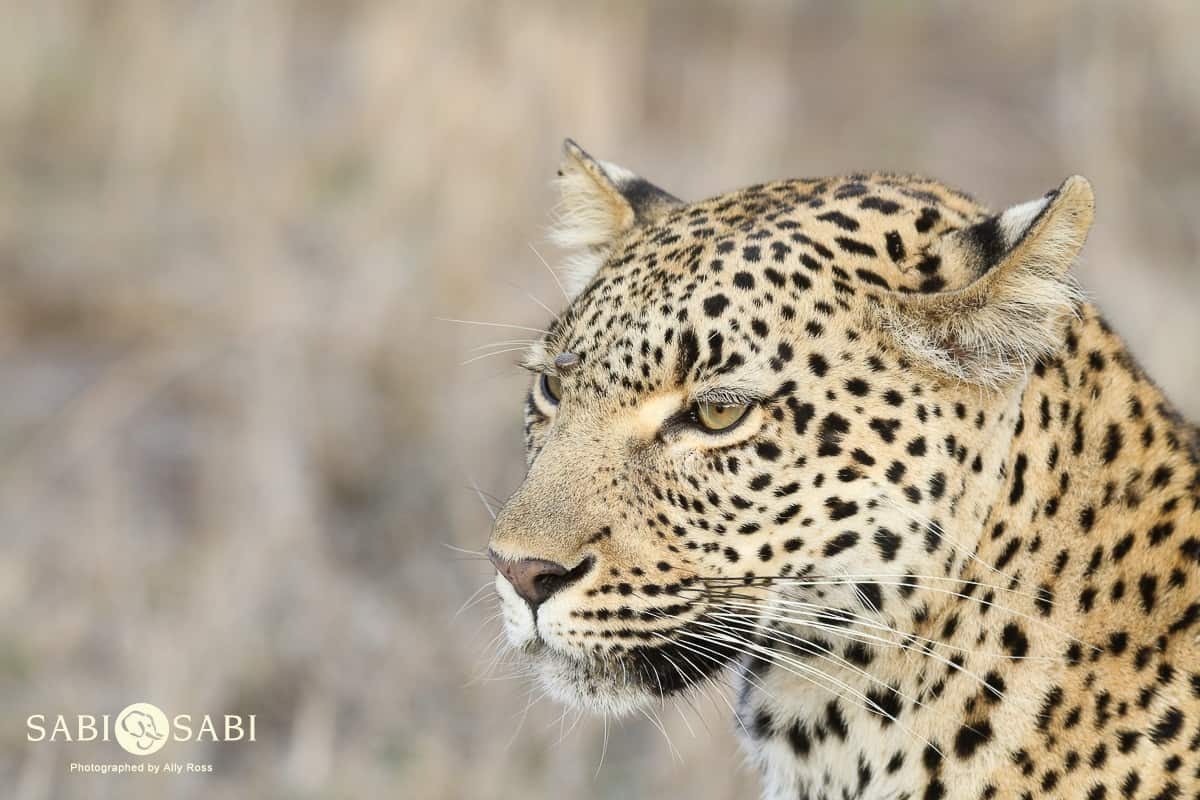Three’s a crowd
on Dec 04, 2018“If there were one more thing I could do, it would be to go on safari once again.” ~ Karen Blixen
I recently guided a four-night safari with a photographic guide, Marlon Du Toit and guest, Miles Miller. To say that the sightings we had has been unbelievable is an understatement.
The “perks” per say, of driving a photographic vehicle is that the guest would like to capture every waking moment of the bush. The very first light and the very last movement of anything that may catch the trackers spotlight. They create stories through their lenses by bringing the image to life.
Every morning we were out on the reserve an hour before any other vehicles got mobile. On our last morning of safari, my tracker came through to the coffee station at 4:45am and said we need to go, “I have just found two leopards near the access to the lodge.”
With throats of steel we downed hot coffee, grabbed our cameras and climbed into the vehicle.
The sun had not yet broken through the tree line and was reflecting a beautiful tinge of pink along the sky line. On our way to their last “loc” we breathed in the swirls of fresh air listening to the dawn chorus as we bumbled about in the vehicle.
Rounding the corner to where they were spotted last, my tracker spun around with a face of shock.
“Ally, there’s three leopard Mfo!”
Yes folks, you heard correctly, THREE LEOPARDS. There was a moment of silence whilst we determined the sex of the leopards that sat before us, two males and one female. We identified the two males as, White Dam Xovonekela and alongside them was the Kigelia female.
For those of you who may not be sure about the background or age of these mighty individuals, let me provide you with a little bit of insight, just so you know why we found this sighting absolutely incredible as well.
Xovonekela male was born back in 2006, making him 12 years of age. The average life span of a leopard is generally anywhere between 12-17 years, which means that it’s safe to say that this male is fairly old and should probably put his challenging days behind him. This, however, is not the case. In recent times this male has become well known for literally obliterating younger males as well as other leopard’s offspring. He wears his scars on his face with a life full of stories and challenges and memories. He has been molded by his encounters in recent years. He comes with experience, dominance and instills fear through a look that is somewhat... haunting.
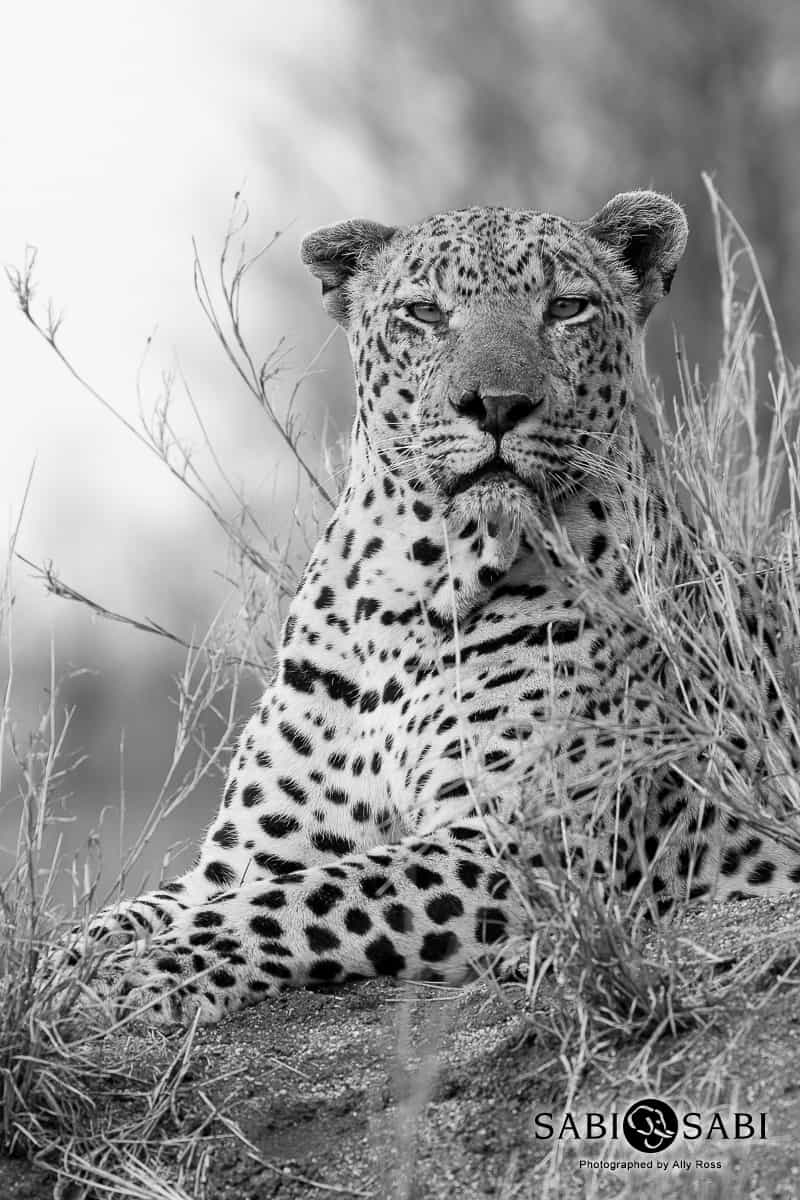
Enter White Dam Male
The White Dam is a young and sprightly male that was born in 2014. This December he will be four years old. Now not to take away from the old male Xovonekela, White Dam has grown into his boots and put some fair size between himself and Xovonekela.
Fathered by Maxabeni, this young male in recent times has been hanging around our western sector, pushing for a territory of his own, even mingling with the ladies from time to time.
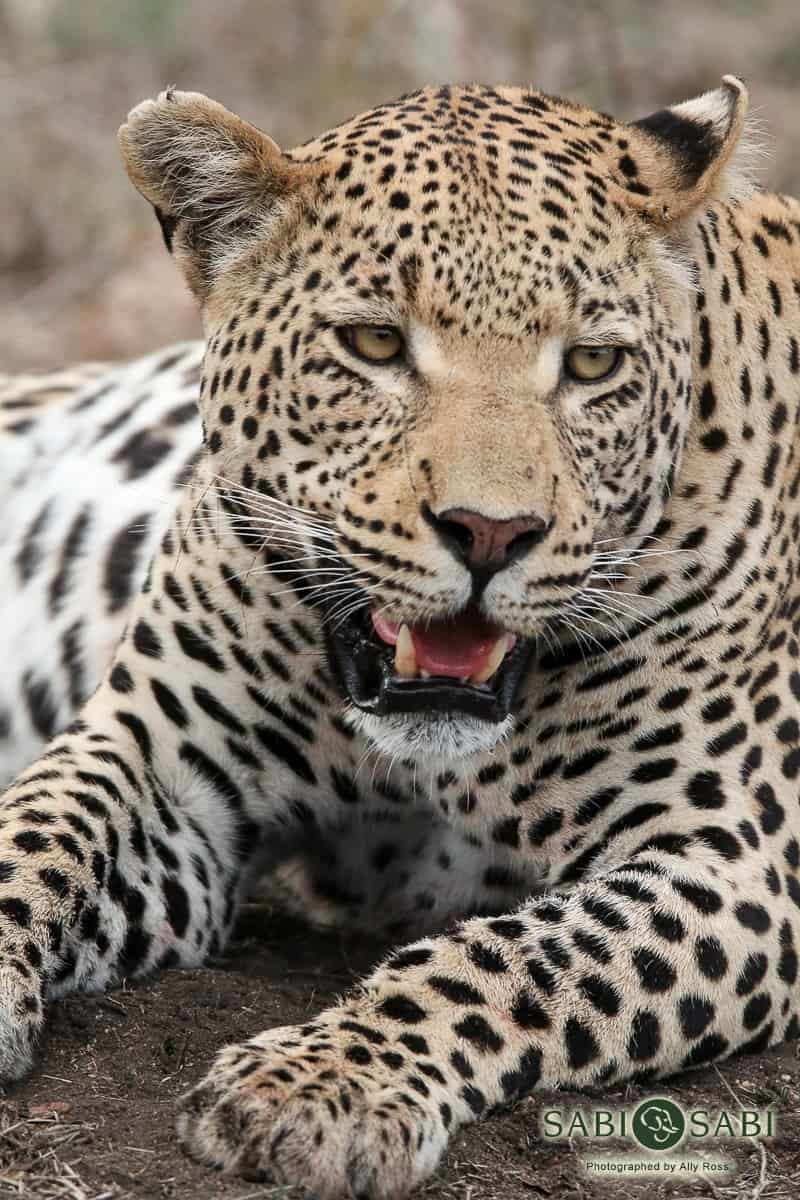
Once the two individuals had been identified, our natural thought process takes over and allows us to think that, obviously, the older, more dominant, more experienced male is bound to win any dispute that may arise. But this is not the case.
We knew exactly what was happening here. These two males were challenging each other in a non-confrontational manner. We watched for almost two hours as they sized each other up, husking calling and salvation was taking place. Constant pacing and marking alongside any bush that was deemed important. We were witnessing a leopard stand-off.
Leopards are solitary species. They very rarely come into contact with one another unless for the purpose of mating or when a female is rearing young. It is incredibly special to witness not one, not two, but three leopards in one sighting. This is not a regular occurrence.
We watched as Xovonekela and White Dam paced up and down, mere meters away from each other. The two male leopards were displaying to one another, sizing each other up so to speak. They walked parallel to each other, vocalising, constantly showing their annoyance with the other’s presence. As we looked a little closer, we saw that both males were salivating, this is present when males are being aggressive with one another.
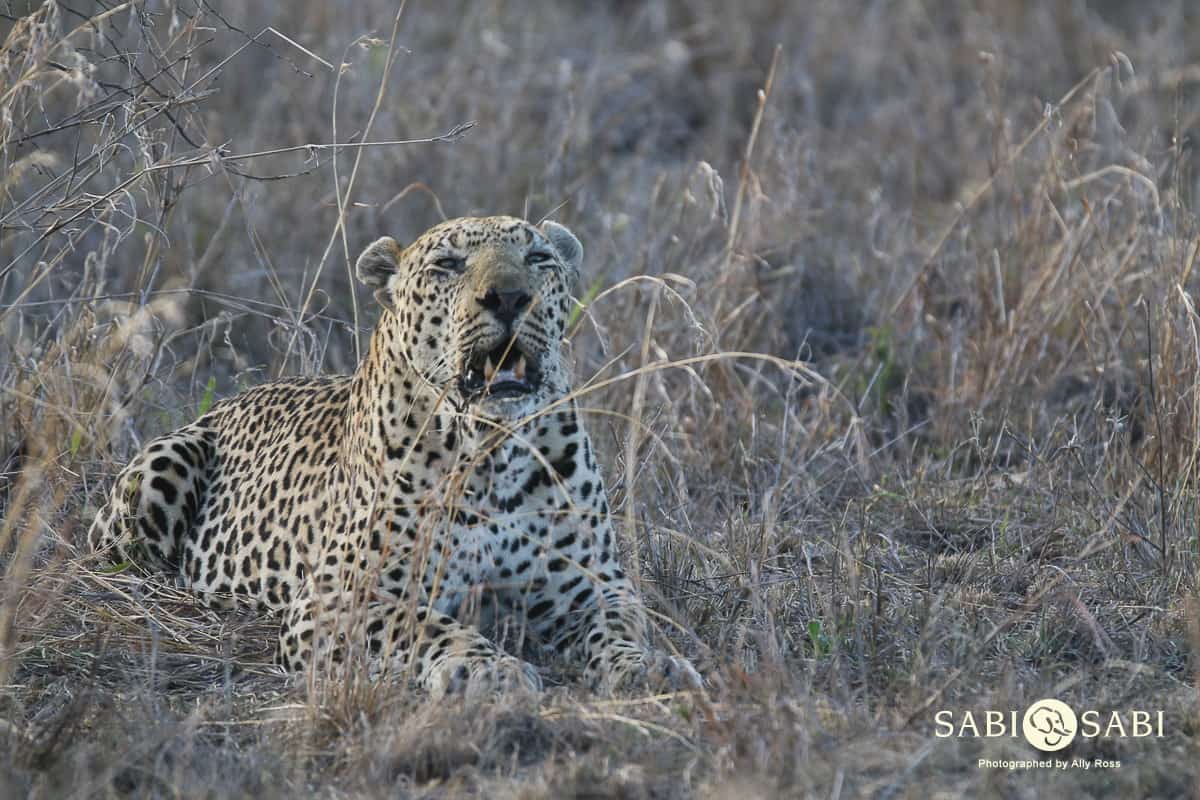
How awesome it was to watch two males in such close proximity to each other and not physically come into contact. The biggest reason behind this is to ensure that they don’t get unnecessarily injured. If they are able to assert their dominance and ensure the other males becomes submissive, they will choose that option over fighting.
Leopards are self-dependent animals. They rely on their own ability to hunt and survive; there is no community or family structure behind them to help them should they become fatally injured.
These two males knew what was at stake. As they moved, they stopped every now and then to mark their territory. This is done in the form of scent marking and scraping.
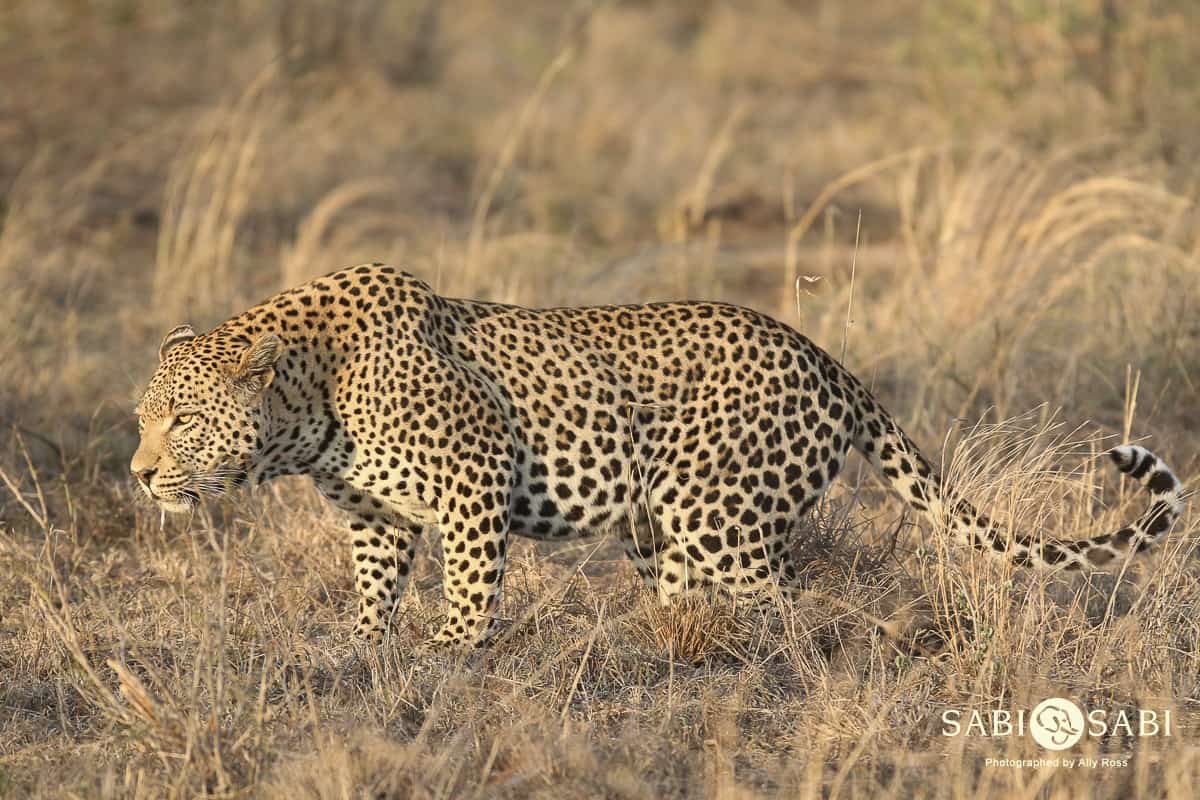
Here we see the White Dam male doing exactly that. Leopards will spray urine backwards into the grass or onto a small shrub and then will scrap vigorously with their hind legs. They do this to ensure two things. First being that they want to embed the scent deeper into the ground, this way it’s likely to linger for a lengthy period of time. The second reason being is that he wants to make sure that the scent seeps into the paw pads so that when he walks, he leaves behind a trail of his own. This is very important when communicating and establishing dominance or a territory.
Another form of scent marking that we witnessed during this sighting was White Dam standing on his hind legs, rubbing against a few medium sized shrubs. Leopards have sebaceous glands that coat both the hair and skin in an oily substance.
When they find a bush that is deemed important, they will rub their face and cheeks on the highest point that they’re able to reach. The higher the scent is, the more impressive the sign of the leopard.
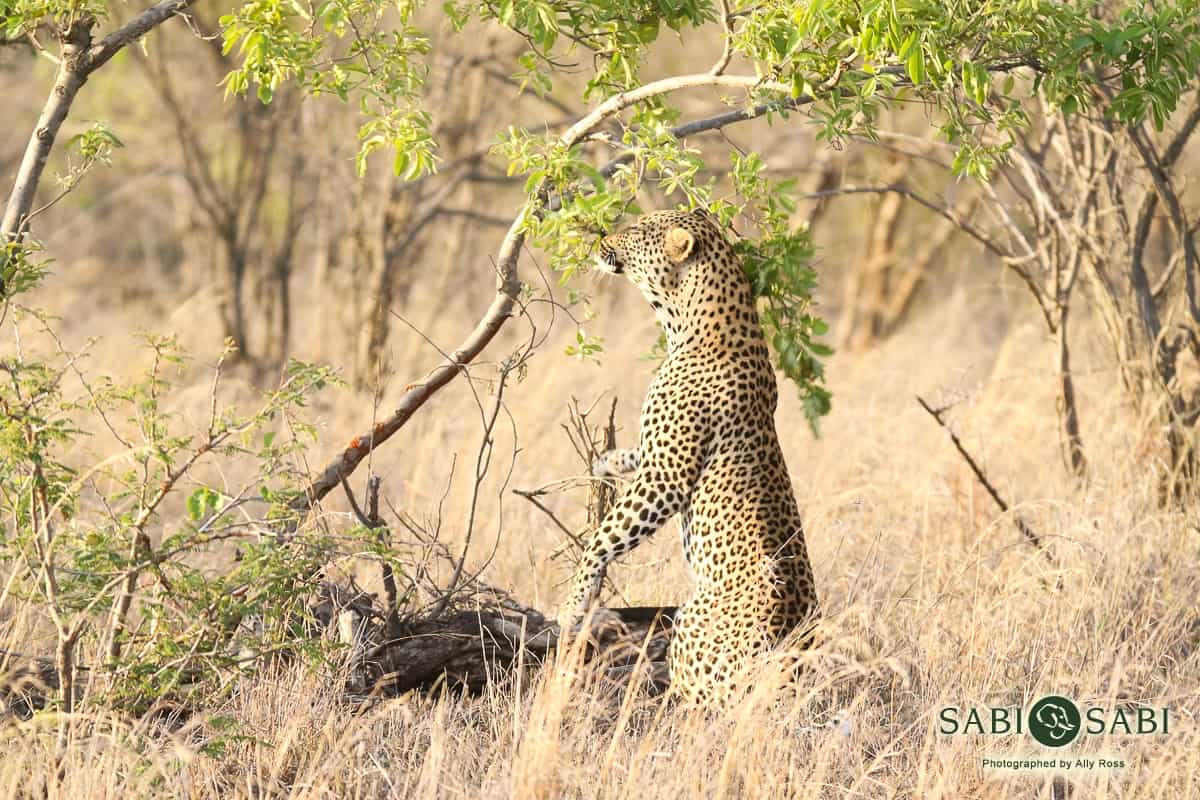
After a while, Kigelia moved off further North, leaving the males to their territorial dispute. We decided to stay a little longer just in case any action should arise.
The males continued with the vocalisation and marking and soon became exhausted, but neither would give up the fight. They lay meters apart from each other, continuing to growl in an aggressive manner.
It wasn’t long until they were on the move again. This time, the White Dam male taking charge and pushing Xovonekela relatively far, up to the Northern sector of our reserve.
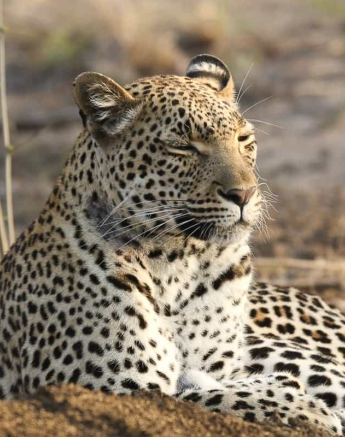
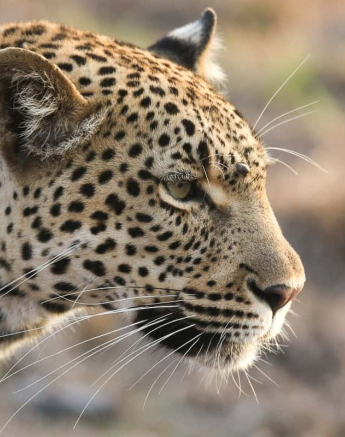
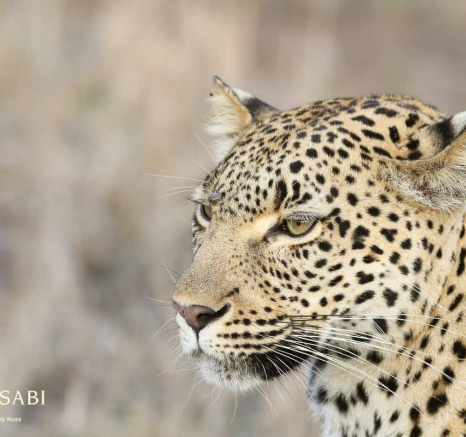
This experience just goes to show that the battle is never a sure win until the very last second. We witnessed an up-and-coming young male leopard take on one of the longest standing dominant males in the certain parts of the Sabi Sand Reserve.
We so look forward to watching the young White Dam male grow into his range and establish a prominent territory of his own.
